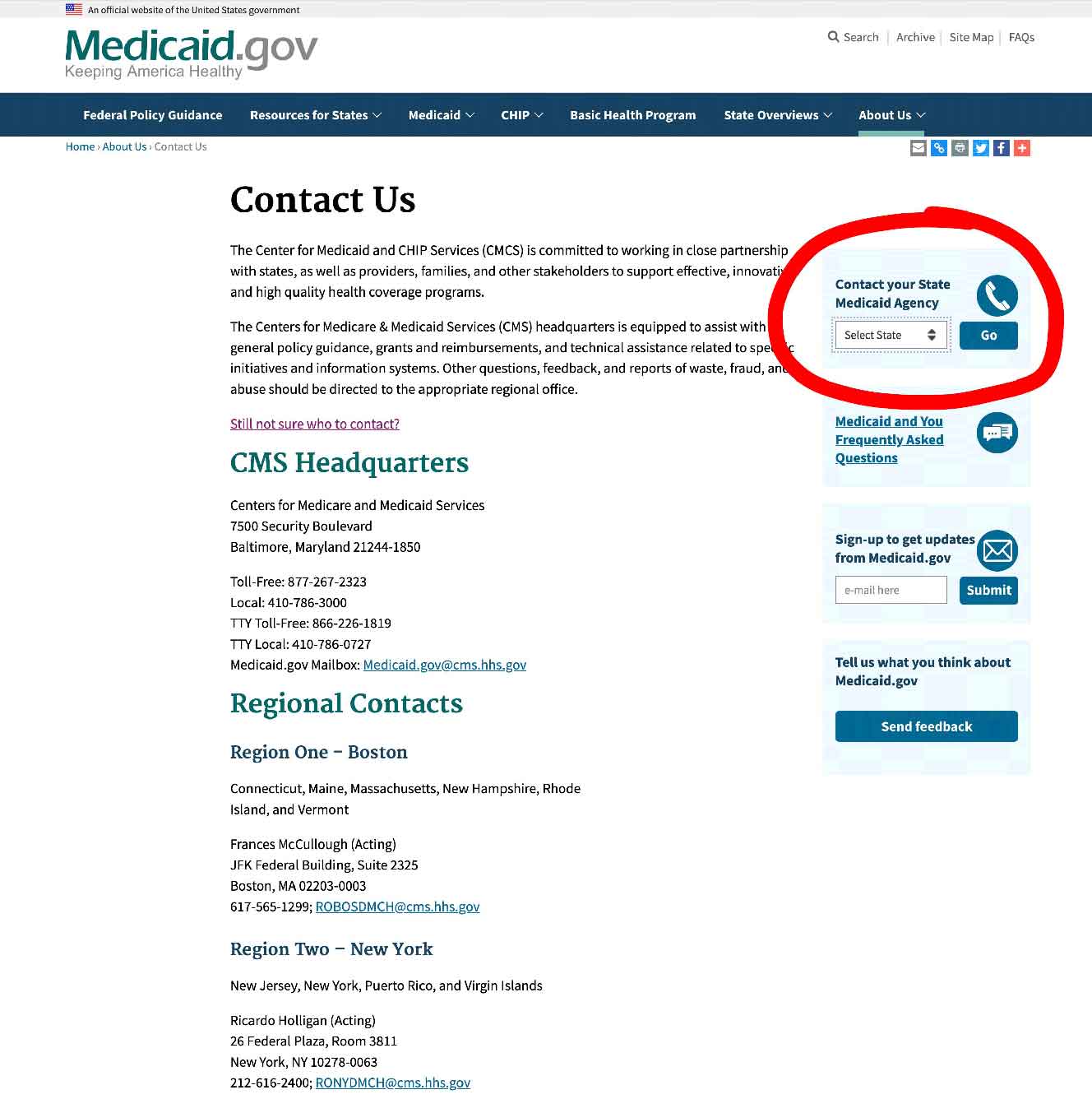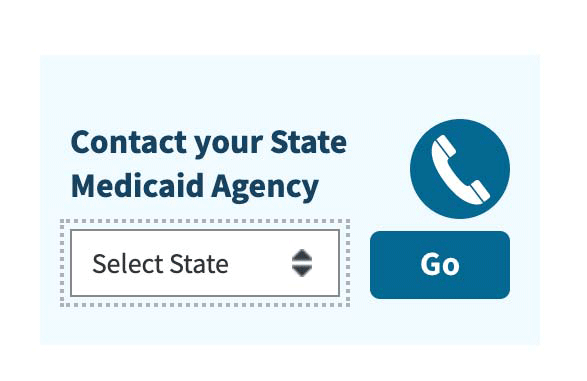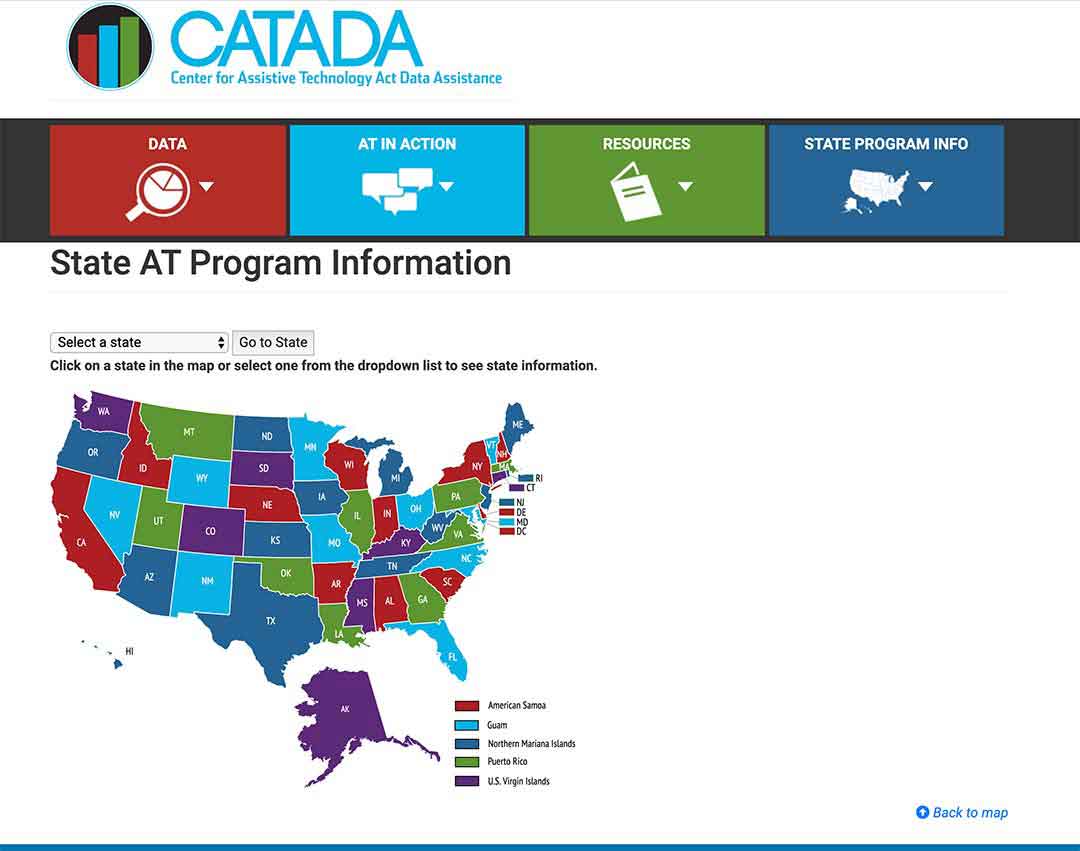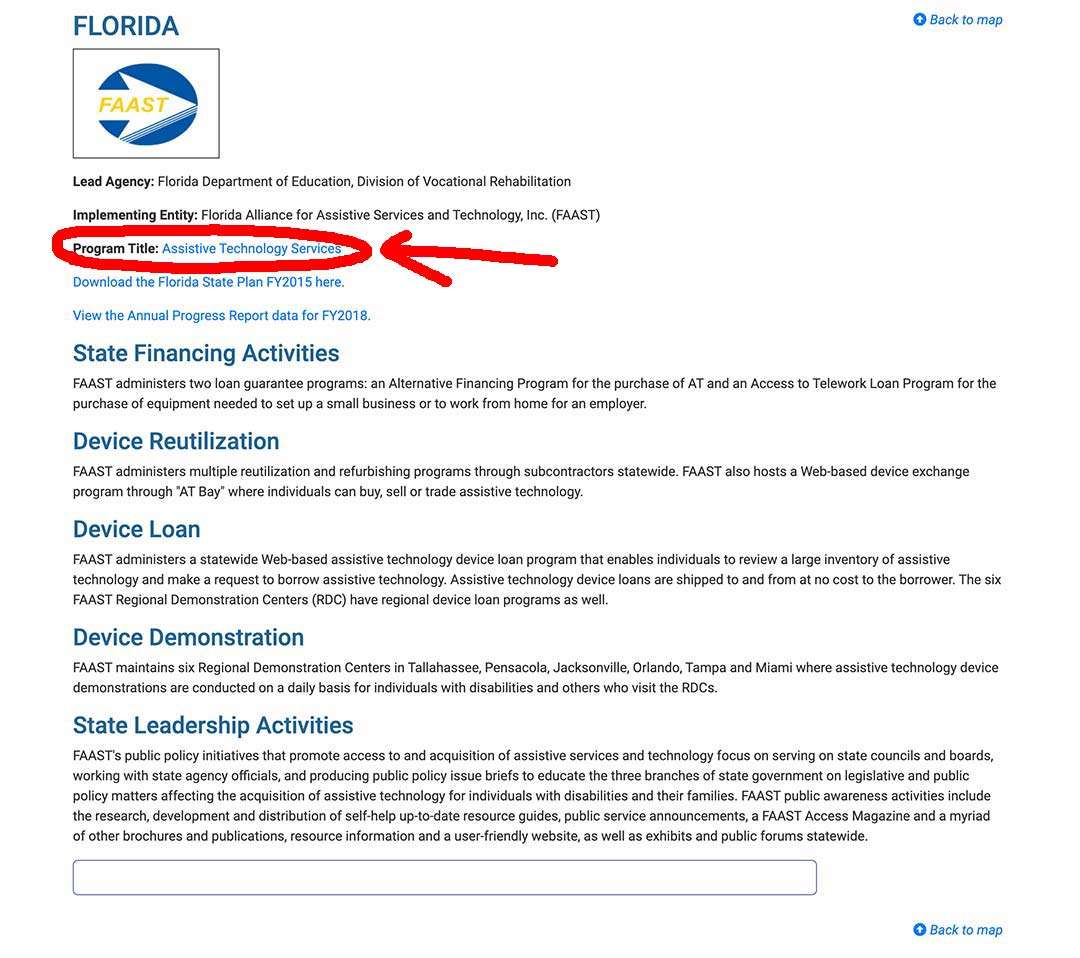If your loved one is a wanderer, if they need help getting out of bed, or just so that you’re aware that you may need to check on them in a few minutes, bed alarms can discreetly let you know that your loved one is on the move.
What helps even more is to know how you are going to pay for a bed alarm…..
Original Medicare Part B does not typically cover bed alarms for use in the home, as they are not deemed to be “medically necessary”. If your doctor says the items are “medically necessary” you may have a chance of getting them covered.
Contents Overview & Quicklinks
Why won’t Medicare cover bed alarms ?
Does Medicare cover bathroom equipment ?
What equipment does Medicare cover ?
List of durable medical equipment, typically covered by Medicare
Medicare-approved durable medical equipment Supplier near me ?
List of durable medical equipment, typically not covered by Medicare
How do you qualify for Medicare Part B coverage of DME ?
What to do once you have the signed prescription for DME ?
How to avoid over-paying for the equipment ?
Get free assistance with understanding Medicare
Does Medicaid cover bed alarms ?
Certain programs, and waivers for home care, may offer coverage to a wider range of DME ?
How to find the HCBS programs, waivers and 1915 waivers in your state ?
What’s the procedure for purchasing DME with Medicaid state waivers and HCBS programs ?
Why won’t Medicare cover bed alarms ?
Original Medicare Part B covers medical equipment for use in the home, and unfortunately bed alarms do not qualify as they are not deemed to be “medically necessary”.
There are many items, which like bed alarms we may consider totally necessary, as caregivers, because they make our job easier and our loved one’s lives more comfortable, but as long as they are not “medically necessary” it will be virtually impossible to get them covered by Original Medicare Part B.
Gauze, adult diapers, air cleaners, disposable sheets, fall alarms and incontinence pads are all items that are extremely helpful and often necessary, but these are not typically covered by Original Medicare, as they are not “medically necessary”.
Of course, if your doctor says the items are “medically necessary” you may have a chance of getting them covered.
I have included a lengthy list of what is not typically covered below.
If you want to learn about the different types of bed alarms, I have a long article which looks at the different types and their possibilities – I have bought and tested the basic types and used them with my mom to find out what we found to be best. You can read that article here.
Does Medicare cover bathroom equipment ?
Like bed alarms for the nighttime, there are quite a few pieces of equipment which could make the bathroom safer to use for our elderly loved ones.
Unfortunately though, for the same reasons, most of this equipment is not considered “medically necessary” and is not covered.
Grab bars, shower chairs, raised toilet seats, walk in bathtubs, bathtub transfer seats, non-slip mats, floor to ceiling poles, and toilet safety frames are all not covered by Medicare Part B, and it’s because Medicare considers them to be “for comfort’s sake”.
Medicare does though cover walkers, bedside commodes and crutches, if they are deemed to be “medically necessary” by a Medicare enrolled doctor.
If bathroom safety is one of your concerns for your loved one, I have a long article with over 50 practical tips and products for making it safer, that I have put together over the years of caring for my elderly parents. You can read that here.
What about Medicare Advantage and bathroom safety equipment ?
Private companies which have been contracted by Medicare to provide Medicare services run the Medicare Advantage plans and must, by law, provide at least the same coverage and services, as Original Medicare Parts A and B.
And since 2020, Medicare Advantage Plans have been allowed to expand their range of benefits beyond the extras of hearing and vision aids, to some new benefits for individuals with chronic illnesses.
You will have to search them out, but you may now find Medicare Advantage plans that offer some bathroom safety equipment benefits for those with certain chronic illnesses.
Remember that on a Medicare Advantage Plan, you are on a Medicare plan offered by a private provider, and that all the services that you use must be undertaken by providers with your plan’s network, otherwise you’re likely not be covered – so always check with your plan provider before you do anything.
What equipment does Medicare cover ?
Medicare Part B covers certain durable medical equipment for use in the home when it is prescribed as medically necessary.
Durable medical equipment has to be able to withstand repeated use over a sustained period of time.
Examples of items of durable medical equipment which Medicare Part covers for use in the home –
- wheelchairs
- walkers
- crutches
- bed trapeze bars
- bedside commodes
- patient lifts
For durable medical equipment to be covered by Medicare Part B, it needs to fulfill their following criteria –
- the equipment must be durable (must be able to withstand repeated use overtime)
- the equipment can only be used for a medical reason, as opposed to just for comfort
- the equipment is not normally of use to someone who isn’t sick or injured
- the equipment must be for use in your home
- the equipment should have an expected lifetime of at least 3 years
If your equipment does not meet these criteria, you most likely won’t be considered for coverage by Medicare Part B.
List of durable medical equipment, typically covered by Medicare
If you don’t find the equipment you are looking for in my list of Medicare covered DME’s below, you can use this link to Medicare.gov
Air-Fluidized Bed
Alternating Pressure Pads and Mattresses
Audible/visible Signal Pacemaker Monitor
Pressure reducing beds, mattresses, and mattress overlays used to prevent bed sores
Bead Bed
Bed Side Rails
Bed Trapeze – covered if your loved one is confined to their bed and needs one to change position
Blood sugar monitors
Blood sugar (glucose) test strips
Canes (however, white canes for the blind aren’t covered)
Commode chairs
Continuous passive motion (CPM) machines
Continuous Positive Pressure Airway Devices, Accessories and Therapy
Crutches
Cushion Lift Power Seat
Defibrillators
Diabetic Strips
Digital Electronic Pacemaker
Electric Hospital beds
Gel Flotation Pads and Mattresses
Glucose Control Solutions
Heat Lamps
Hospital beds
Hydraulic Lift
Infusion pumps and supplies (when necessary to administer certain drugs)
IPPB Machines
Iron Lung
Lymphedema Pumps
Manual wheelchairs and power mobility devices (power wheelchairs or scooters needed for use inside the home)
Mattress
Medical Oxygen
Mobile Geriatric Chair
Motorized Wheelchairs
Muscle Stimulators
Nebulizers and some nebulizer medications (if reasonable and necessary)
Oxygen equipment and accessories
Patient lifts (a medical device used to lift you from a bed or wheelchair)
Oxygen Tents
Patient Lifts
Percussors
Postural Drainage Boards
Quad-Canes
Respirators
Rolling Chairs
Safety Roller
Seat Lift
Self-Contained Pacemaker Monitor
Sleep apnea and Continuous Positive Airway Pressure (CPAP) devices and accessories
Sitz Bath
Steam Packs
Suction pumps
Traction equipment
Ultraviolet Cabinet
Urinals (autoclavable hospital type)
Vaporizers
Ventilators
Walkers
Whirlpool Bath Equipment – if your loved one is home bound and the pool is medically needed. If your loved one isn’t home bound, Medicare will cover the cost of treatments in a hospital.
Medicare-approved durable medical equipment supplier near me
To find a local Medicare supplier near you, check this link at Medicare.gov
List of durable medical equipment, not typically covered by Medicare
Adult Diapers
Air Cleaners
Air Conditioners
Alcohol Swabs
Augmentative Communication Device
Bathroom Aids
Bathtub Lifts
Bathtub Seats
Bed Bath
Bed Boards
Bed Exit Alarms
Bed Sensor Pads
Bed Lifter
Beds – Lounge
Bed Wedges
Blood Glucose Analyzers
Braille Teaching Texts
Caregiver Paging Systems
Catheters – except those which are used for permanent medical conditions where the catheter is considered as a prosthetic
Chair Exit Alarms
Chair Sensor Pads
Communicator
Contact Lenses – Medicare helps pay for corrective lenses if you have cataract surgery to implant an intraocular lens
Dehumidifiers
Dentures
Diathermy Machines
Disposable Bed Protectors
Disposable Sheets
Door Exit Alarms
Easygrip Scissors
Elastic Stockings
Electrical Wound Stimulation
Electrostatic Machines
Elevators
Emesis Basins
Esophageal Dilators
Exercise Machines
Exit Alarm Mat
Eye Glasses – Medicare helps pay for corrective lenses if you have cataract surgery to implant an intraocular lens.
Fall Alarms
Fans
Fabric Supports
Fomentation Device
Grab Bars
Grabbers
Gauze
Hearing Aids
Heat and Massage Foam Cushion Pad
Heating and Cooling Plants
Home Modifications
Humidifiers – not room humidifiers
Incontinence Pads
Injectors (hypodermic jet pressure powered devices for Insulin injection)
Irrigating Kits
Insulin Pens
Massage Equipment
Motion Sensors
Motion Sensor Exit Systems with Pagers
Needles
Oscillating Beds
Over bed Tables
Paraffin Bath Units (if not Portable)
Parallel Bars
Portable Room Heaters
Portable Whirlpool Pumps
Preset Portable Oxygen Units
Pressure Leotards
Pressure Stockings
Pulse Tachometer
Pull String Alarms
Raised Toilet Seats
Ramps
Reading Machines
Reflectance Colorimeters
Sauna Baths
Special TV Close Caption
Speech Teaching Machines
Stair Lifts
Standing Table
Support Hose
Surgical Face Masks
Surgical Leggings
Syringes
Telephone Alert Systems
Television Assistive Listening Devices
Telephone Arms
Toilet Seats
Treadmill Exercisers
Walk in Bathtubs
Wheelchair Lifts
Whirlpool Pumps
White Canes
Wigs
How do you qualify for Medicare Part B coverage of DME ?
For your loved one to qualify for coverage of DME for “use in their home” with Medicare Part B, your loved one –
- has to be enrolled in Medicare Part B
- has to have a prescription signed by their Medicare-enrolled doctor which states that the DME is a “medically necessary” and meets the Medicare criteria for that particular piece of equipment
- has to buy the DME from a Medicare-enrolled supplier
For Original Medicare Part B “living at home” is considered to mean –
- living in your own home
- living in the family home
- living in the community, such as assisted living
Care facilities – hospitals or nursing homes, don’t qualify as a “home” for Medicare Part B (they are covered under Medicare Part A – hospital treatment – DME required in a nursing facility for up to 100 days will be provided by the facility).
But a long-term care facility, such as assisted living, can qualify as a “home” for Medicare part B.
What to do once you have the signed prescription for DME ?
If Medicare Part B is agreed that your loved one’s purchase is “medically necessary”, they will cover 80% of the Medicare-approved price of your loved one’s DME.
Your loved one is then responsible for their Medicare co-payment, the equivalent of 20% of the Medicare-approved price of the DME, and only if they have used a Medicare-enrolled “participating” supplier who accepts assignment.
If not, they may pay much more – so read on !
In addition to the co-payment of 20%, your loved one will also have to pay their annual deductible, if it hasn’t already been met.
Medicare may purchase or rent DME
It will depend on the cost of the equipment whether Medicare purchases items from the supplier outright, or if they rent it.
The more important the cost of the equipment, the greater the chance that Medicare will rent it on a monthly basis from a supplier.
During the rental period if the equipment is rented from a Medicare-enrolled “participating” supplier who accepts “assignment”, there will be a monthly co-payment of 20% of the Medicare-approved rental price which your loved one will have to pay.
How to avoid over-paying for the equipment ?
As I said earlier, your loved one needs to be careful to meticulously follow all the steps of the process to get the best coverage for their equipment.
Here’s why…
To avoid over-paying for their DME, your loved one has to use a Medicare enrolled “participating” supplier who accepts “assignment”.
This ensures the DME is being bought for the lowest possible price – the Medicare-approved price.
Why is this ?
- Medicare Suppliers
or
- Medicare “Participating” Suppliers
Medicare and Medicare “Participating” Suppliers have an agreement that Medicare “Participating” Suppliers will accept what is called “assignment” – they will only charge the Medicare-approved price for DME.
Suppliers who are not “Participating” can charge up to 15% more than the Medicare-approved price for DME.
What happens if my loved one doesn’t use a “Participating Supplier” ?
A Medicare-enrolled supplier who is not a “Participating” supplier –
- accepts payment from Medicare for DME at the Medicare-approved price
- but can actually sell the DME to the beneficiary at whatever price they choose
As a result –
- Medicare pays the Medicare-enrolled supplier 80% of the Medicare-approved price for the DME
- your loved one pays their 20% co-pay of the Medicare-approved price + the difference between the Medicare-approved price, and the supplier’s price
- your loved one also pays their deductible if it applies
So in real terms, it plays out like this –
Medicare-approved bed alarm price – 100$
Medicare-enrolled Supplier bed alarm price -115$
- Medicare pay 80% 0f the Medicare-approve price = 80$
- Your loved one pays 20% co-pay of Medicare-approve price = 20$
- Your loved one then pays the difference between the Medicare-approved price, and the Medicare-enrolled Supplier price – 115$ – 100$ = 15$
- So, your loved one pays 20$ + 15$ = 35$
If your loved one’s Medicare-enrolled supplier had been a “participating” supplier who accepts “assignment”, they would have paid 15$ less, because he only charges the Medicare approved-price.
Your loved one should always use a Medicare-enrolled Participating Supplier and confirm that the supplier accepts “assignment”, and this way they won’t over-pay for their DME.
Get free assistance with understanding Medicare
SHIP – State Health Insurance Assistance Programs –
Your SHIP gives free guidance about Medicare, Medicaid and Medigap from your state program.
You can read my very quick article explaining how to find your local SHIP – “Free Help Understanding Medicare And Medicaid ? Here’s Where You Get It”.
Does Medicaid cover bed alarms ?
Due to the fact that Medicaid is funded both at a federal and a state level, a state may have multiple Medicaid programs and waivers, and each can have its own guidelines for eligibility.
These programs and waivers are intended for those on very low incomes, and your loved one will have to find out what the criteria are, and if there are any places left. All of this can be done through your loved one’s State Medicaid Office.
Your local Area Agencies on Aging should be able to help you find out as well.
Medicaid for skilled nursing facilities and hospitals
Hospitals and skilled nursing facilities handle the of ordering the equipment needed for your loved ones within while they are in the facility.
Medicaid and state programs for care services in the home
Medicaid programs which are not for inside skilled nursing facilities are called “Home and Community Based Services” (HCBS), “Waivers” or “1915 Waivers”.
The purpose of these programs and waivers is to help the beneficiaries maintain their independence, living in their own homes.
You will find a comprehensive explanation of HCBS programs and waivers with more technical information is available at this link to medicaid.gov –
https://www.medicaid.gov/medicaid/hcbs/authorities/index.html
Just like Medicare, the programs and waivers pay for “home medical equipment”, but unlike Medicare, they will often cover 100% of the cost of the equipment.
The term “home” is used to mean that the beneficiary of the waivers and HCBS’s has to be living in –
- their own home
- their family home
- a group home
- an assisted living facility
- a custodial care facility
Certain programs, and waivers for home care, may offer coverage to a wider range of DME ?
Some HCBS programs and waivers have what is known as “Consumer Direction” or “Self Direction”.
In such a program, the participant will have an allotted budget to cover their living needs, and to help them maintain their independence in their home.
A financial advisor is appointed to help each participant manage the funds across their living needs.
Equipment not covered by Medicare, such as toilet safety frames, bathtub lifts, grab bars, if judged “medically necessary” and integral to the participant maintaining their independence, and also within the person’s allotted budget, can be purchased on some of these programs or waivers.
To find out more about Medicaid Self Direction, click here
Programs which transition people from care institutions back into their own homes
The Medicaid program Money follows the person transitions elderly adults, who are in nursing facilities, back into their homes – this can also be assisted living.
If a certain piece of equipment is needed to make this happen, the program will purchase the equipment for them.
What can be considered a DME is again much less restricted than under Medicare.
How to find the HCBS programs, waivers and 1915 waivers in your state
If you wish to check which are the HCBS Waivers, 1915 Waivers, HCBS Programs and the Money Follows The Person Programs for seniors available in your state, I have written an article listing what is available in each state, and linked it to the different program websites. You will also find all the PACE Programs – Programs of All-inclusive Care for the Elderly – for care in the home –“Medicaid Home and Community Based Services Waivers and Programs For Seniors Listed By State”.
What is the procedure for purchasing DME with Medicaid waivers and HCBS programs ?
Step 1
– your loved one has to get the doctor, or therapist, to provide a medical justification letter, which states that the equipment is medically necessary
Step 2
– your loved one has to find a DME supplier who is Medicaid approved, and to pass on to them the medical justification letter from the doctor, or therapist
Step 3
– the DME supplier then fills out a Prior Approval Application for Medicaid
Step 4
– the document is then sent to the Medicaid State Office for approval or denial
Step 5
– if your loved one is unsuccessful they will be notified as to the reasons why, and told how to appeal the decision
Step 6
– if approved, your loved one will receive the DME
If you don’t quite qualify for Medicaid
Spend Down
Spend Down programs are a Medicaid initiative to help certain individuals to become eligible for Medicaid – in particular the elderly.
Certain expenses, loan and debt payments may be deducted from the person’s income and assets, so that their net worth will fall below the Medicaid limit, and they will then qualify for coverage.
What I said above was very simplified, and if you want to find out more about Spend Down, I have an article in which I explain who can qualify for Spend Down, the expenses which are deductible, and how you will know if you qualify. It’s here – What is Spend Down ?
How to find your State Medicaid State Agency
If all the technical jargon was too much for you, I would contact your state Medicaid Agency, and you can do that here.
Step 1 – Once you have clicked the link to Medicaid.gov, look at the section I have outlined in the image below.

Step 2 – select your state, and click on “GO” – it will take you to your State medicaid Agency.

State funding assistance
Assistive Technology Programs
These programs have been developed to increase access to assistive devices in the home.
The elderly were one of the primary groups for whom these programs were conceived.
Here, “DME” and “Assistive Technology” are pretty much interchangeable as terms, so all manner of equipment which that helps in the home may be covered.
Find out what programs your state is running here.
Step 1/
Select your state on the map or from the drop-down menu and click on the button “Go to state”
– I chose Florida for this example

Step 2/
Look for the link “Program Title” – for my example I outlined it in red – and click on that.

Step 3/
The State AT Program website will come up, and you can sign up or use their contact info to get in touch and find out what they offer to help the elderly, and if you or a loved one are eligible.

State Financial Assistance Programs
To reduce the number of elderly persons entering into the Medicaid run nursing homes, non-Medicaid programs have been set up.
Designed to help the elderly to remain living independently in their own homes, these programs are run by individual states, and as such not all the states have one.
Eligibility differs with each program, but the programs are destined for the elderly and the disabled.
The work done by the programs includes modifying homes and purchasing any equipment necessary to the goal of helping the persons maintain their independence.
I’m Gareth, the author and owner of Looking After Mom and Dad.com
I have been a caregiver for over 10 yrs and share all my tips here.

